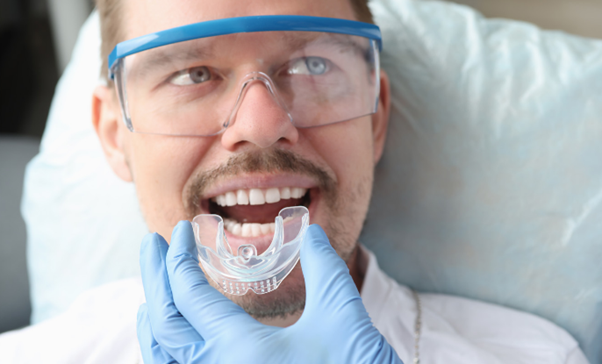Dr. Kami Hoss Speaks on the Importance of Jaw Alignment and Bite Correction
Orthodontists play a major role in aligning the jaws and correcting bites by dealing with common irregularities of the teeth, jaws and overall facial structures. Such irregularities may be caused by genetics, injury, or developmental problems and can easily lead to functional and aesthetic concerns. By adopting a variety of instruments and techniques well known orthodontists like Dr. Kami Hoss correct malalignments, thereby improving the look and function of the bite and fostering better oral health.
Importance of Jaw Alignment and Bite Correction
Aka occlusion, a proper bite means the upper and lower teeth fit comfortably together for effective chewing, speaking, and breathing. Misalignments can cause a variety of issues including tooth wear, gum disease, jaw pain, headaches, and even speech problems. Even more severe malocclusion may have an adverse effect on one’s self-esteem due to aesthetic concerns. Correcting these issues can be an ideal choice to have long-term benefits to function and appearance.
Tools Used in Orthodontics
These days, orthodontists use a range of advanced dental tools to deal with bite irregularities and misaligned jaws. These tools are employed considering the criticality of the problem, age of the patient and particular treatment goals. Some of these tools include:
1. Braces
Braces constitute the most commonly used orthodontic appliance for the correction of dental and jaw malocclusion. Braces consist of the following components:
Brackets: an small metal or ceramic piece bonded to the teeth.
Archwires- Thin wires interconnecting between the brackets to guide teeth into proper alignment.
Ligatures: Elastic bands or wires holding the archwires in position.
Bands: Rings fitted around some of the molars to limit movement of the braces.
Braces work by exerting soft and steady force so that teeth can be shifted into their correct positions over a period of time. They can also be used to correct the position of the jaw, especially with the help of devices such as headgear or elastics that interconnect different components of the braces.
2. Clear Aligners (e.g., Invisalign)
Opposed to traditional braces, clear aligners are a fairly advanced alternative and has gained greater popularity due to their multiple plus points. Made from see-through plastic, aligners are custom-designed to fit directly over the teeth, thereby gradually shifting them in desired position. Unlike braces, transparent aligners are easy-removable, making oral hygiene easier to maintain and offering more dietary flexibility. It is a chiefly used for adult patients to treat mild to moderate misalignment.
3. Retainers
Following the active treatment phase by braces or the aligners, retainers are used for retaining the newly set position of teeth. Retainers prevent relapse, while ascertaining that the teeth don’t get misaligned after completion of the treatment.
4. Palatal Expanders
To widen the upper jaw, a palatal expander is often used if there is a discrepancy between the upper and lower jaw or because of the crossbite or crowding. The expander gradually expands the two sides of the upper jaw to create space for the proper alignment of the upper jaw with the lower jaw.
5. Headgear
Being an external device, headgear is adopted for controlling jaw’s growth and repositioning the teeth. It consists of a metal wire attached to the brackets or bands within the mouth and a strap that goes behind the head or neck. Headgear is usually used to correct bites including overbites and underbites.
6. Elastics
Another tool used to correction of the bite is through elastics, or rubber bands. They connect different points in the braces that exert pressure to harmonize the teeth and jaw. They are employed to correct different issues like overbites, underbites, and crossbites.
With the right treatment plan, says Dr. Kami Hoss, Orthodontists help patients to get rid of their bite problems and misaligned jaws and enjoy the benefits of greater comfort, improved confidence, and overall oral health.






